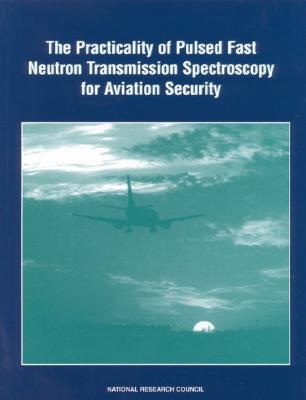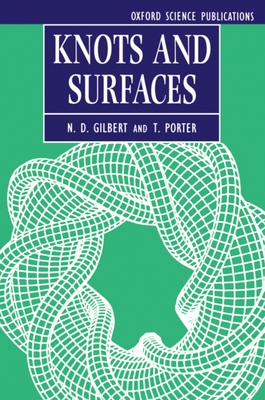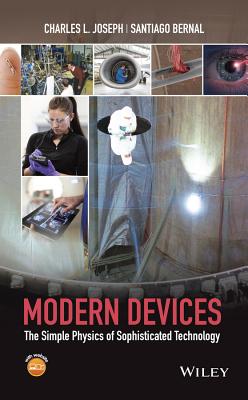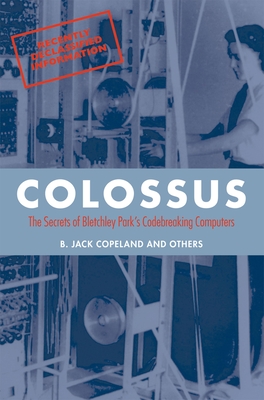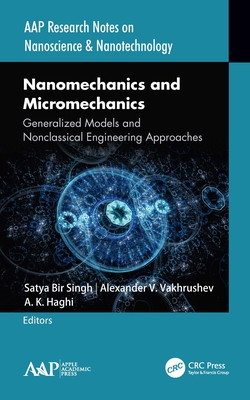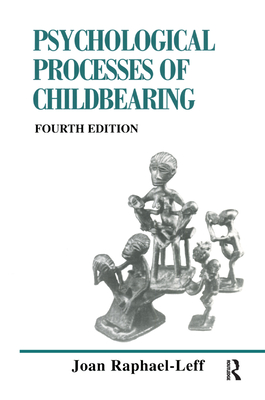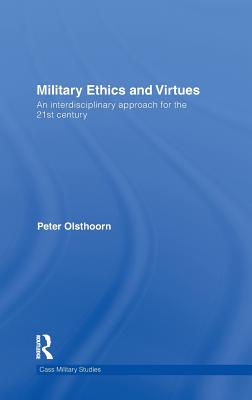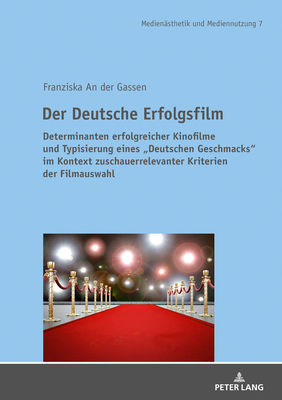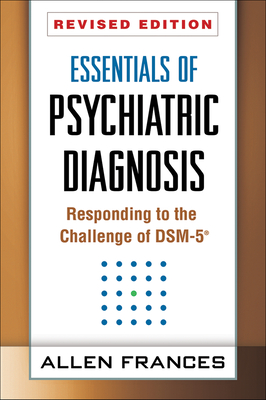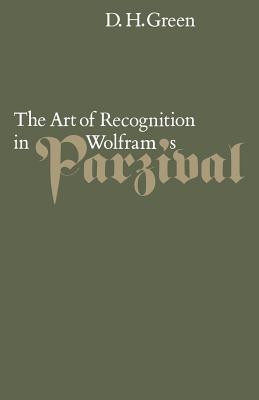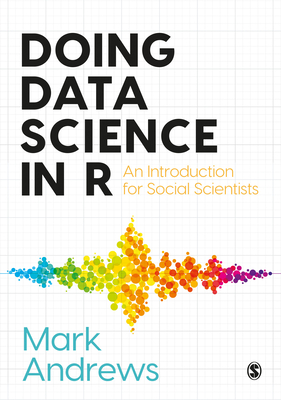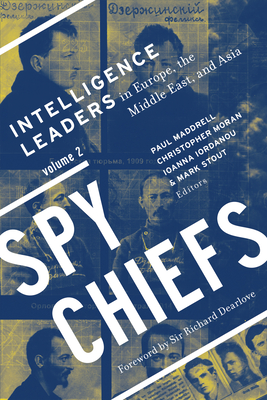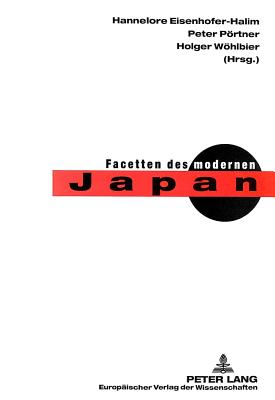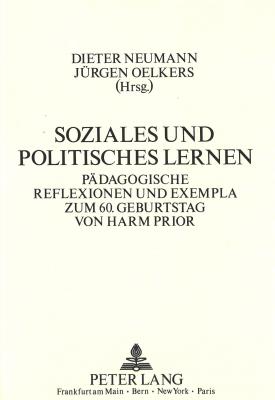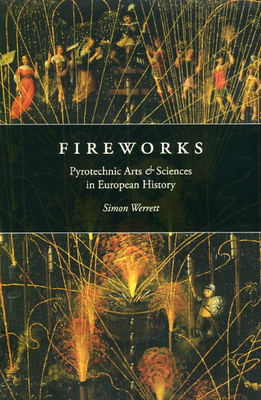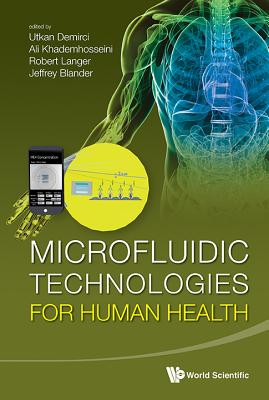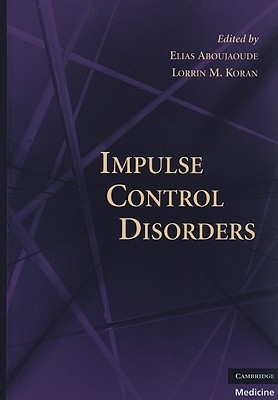A major goal of the Federal Aviation Administration (FAA), and now the Transportation Security Administration (TSA), is the development of technologies for detecting explosives and illegal drugs in freight cargo and passenger luggage. One such technology is pulsed fast neutron analysis (PFNA). This technology is based on detection of signature radiation (gamma rays) induced in material scanned by a beam of neutrons. While PFNA may have the potential to meet TSA goals, it has many limitations. Because of these issues, the government asked the National Research Council to evaluate the potential of PFNA for airport use and compare it with current and future x-ray technology. The results of this survey are presented in "Assessment of the Practicality of Pulsed Fast Neutron Analysis for Aviation Security.? A broad range of detection methods and test results are covered in this report. Tests conducted as of October 2000 showed that the PFNA system was unable to meet the stringent federal aviation requirements for explosive detection in air cargo containers. PFNA systems did, however, demonstrate some superior characteristics compared to existing x-ray systems in detecting explosives in cargo containers, though neither system performed entirely satisfactorily. Substantial improvements are needed in the PFNA detection algorithms to allow it to meet aviation detection standards for explosives in cargo and passenger baggage. The PFNA system currently requires a long scan time (an average of 90 minutes per container in the prototype testing in October 2000), needs considerable radiation shielding, is significantly larger than current x-ray systems, and has high implementation costs. These factors are likely to limit installation at airports, even if the detection capability is improved. Nevertheless, because PFNA has the best potential of any known technology for detecting explosives in cargo and luggage, this book discusses how continued research to improve detection capabilities and system design can best be applied for the airport environment.
A major goal of the Federal Aviation Administration (FAA), and now the Transportation Security Administration (TSA), is the development of technologies for detecting explosives and illegal drugs in freight cargo and passenger luggage. One such technology is pulsed fast neutron analysis (PFNA). This technology is based on detection of signature radiation (gamma rays) induced in material scanned by a beam of neutrons. While PFNA may have the potential to meet TSA goals, it has many limitations. Because of these issues, the government asked the National Research Council to evaluate the potential of PFNA for airport use and compare it with current and future x-ray technology. The results of this survey are presented in "Assessment of the Practicality of Pulsed Fast Neutron Analysis for Aviation Security."
A broad range of detection methods and test results are covered in this report. Tests conducted as of October 2000 showed that the PFNA system was unable to meet the stringent federal aviation requirements for explosive detection in air cargo containers. PFNA systems did, however, demonstrate some superior characteristics compared to existing x-ray systems in detecting explosives in cargo containers, though neither system performed entirely satisfactorily. Substantial improvements are needed in the PFNA detection algorithms to allow it to meet aviation detection standards for explosives in cargo and passenger baggage.
The PFNA system currently requires a long scan time (an average of 90 minutes per container in the prototype testing in October 2000), needs considerable radiation shielding, is significantly larger than current x-ray systems, and has high implementation costs. These factors are likely to limit installation at airports, even if the detection capability is improved. Nevertheless, because PFNA has the best potential of any known technology for detecting explosives in cargo and luggage, this book discusses how continued research to improve detection capabilities and system design can best be applied for the airport environment.
Get The Practicality of Pulsed Fast Neutron Transmission Spectroscopy for Aviation Security by at the best price and quality guranteed only at Werezi Africa largest book ecommerce store. The book was published by National Academies Press and it has pages. Enjoy Shopping Best Offers & Deals on books Online from Werezi - Receive at your doorstep - Fast Delivery - Secure mode of Payment
 Jacket, Women
Jacket, Women
 Woolend Jacket
Woolend Jacket
 Western denim
Western denim
 Mini Dresss
Mini Dresss
 Jacket, Women
Jacket, Women
 Woolend Jacket
Woolend Jacket
 Western denim
Western denim
 Mini Dresss
Mini Dresss
 Jacket, Women
Jacket, Women
 Woolend Jacket
Woolend Jacket
 Western denim
Western denim
 Mini Dresss
Mini Dresss
 Jacket, Women
Jacket, Women
 Woolend Jacket
Woolend Jacket
 Western denim
Western denim
 Mini Dresss
Mini Dresss
 Jacket, Women
Jacket, Women
 Woolend Jacket
Woolend Jacket
 Western denim
Western denim
 Mini Dresss
Mini Dresss



